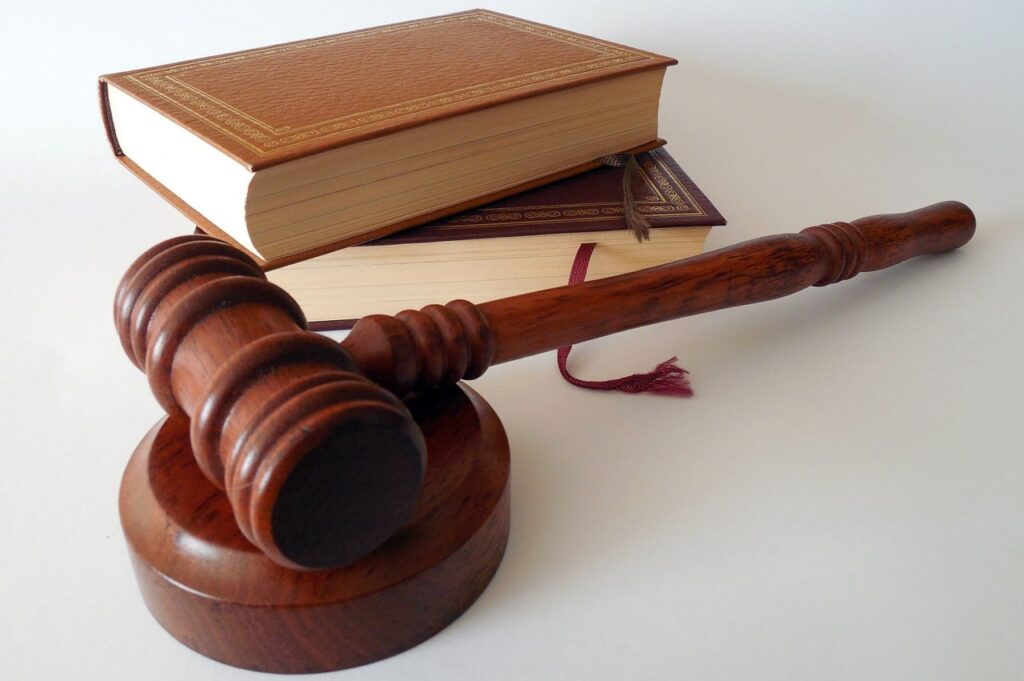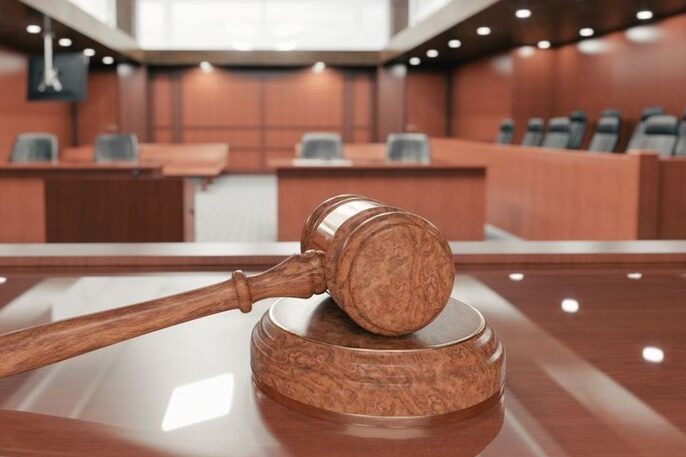Legal Implications of Misdiagnosis
The legal implications of misdiagnosis are profound, reflecting a breach of the trust that patients inherently place in their healthcare providers. When a professional fails to correctly identify a patient’s condition, the consequences can extend far beyond the immediate health ramifications; they lay the groundwork for a potential malpractice lawsuit. These legal actions hinge on establishing that the misdiagnosis represented a deviation from standard medical care, leading to harm that was otherwise preventable. Plaintiffs must navigate the convoluted maze of demonstrating that the provider did not act with the requisite level of competence and attention, an endeavor that often relies on intricate medical testimony and comparison to what a reasonably prudent healthcare provider would have done under similar circumstances. It is this intersection of medical error and legal recourse that underscores the patient’s right to accurate and efficient diagnosis, and vindicates the pursuit of justice against negligent medical practice.
In asserting malpractice, the onus is on the plaintiff to illuminate the causal link between the misdiagnosis and subsequent harm, a process that demands the marriage of medical knowledge with forensic acuity. This burden of proof necessitates a clear demonstration that the practitioner in question breached their duty of care—a duty expressly imparted by the tenets of medical ethics and implicitly entrusted by the patient-physician relationship. What complicates these scenarios further is the inherent complexity of the human body and illness presentation, making the demarcation between a genuine oversight and bona fide negligence a contentious battleground in courts. It is against this backdrop that the doctrine of ‘res ipsa loquitur’ may come into play, allowing the facts of the harm to speak for themselves, implying that such an error would not have arisen without negligence. Yet, despite this legal lever, victims of misdiagnosis must still traverse a gauntlet of defense strategies designed to dispute causation, parsing out alternative explanations for their medical outcomes.
Moreover, the resolution of a misdiagnosis case can herald broader legal ramifications beyond the compensatory damages to the individual. Judicial findings in these instances often serve as catalysts for systemic changes within healthcare institutions, prompting the implementation of more rigorous diagnostic protocols and reinforcing the vigilance required in patient care. It is this precedential power that imbues medical malpractice litigation with its transformative potential—raising the specter of accountability to deter negligence and champion the refinement of clinical practice. Consequently, each adjudicated case of misdiagnosis not only delineates the contours of legal liability but also fortifies the edifice of medical safety, ensuring that the lessons gleaned from missteps in care resonate with an urgency that transcends the courtroom, and instigate an evolution in the standards that govern healthcare delivery.
Establishing Liability in Medical Malpractice
In the intricate web of medical malpractice litigation, establishing liability is akin to threading a needle in the fabric of complex clinical scenarios. Primarily, it requires a clear demonstration that the healthcare provider deviated from the prevailing standard of care, which is widely accepted as the litmus test for responsible medical practice. The plaintiff must show that the practitioner’s actions or omissions were not only inappropriate under the circumstances but directly caused the patient’s harm. This juxtaposition of ‘duty’ and ‘breach’ forms the crux of proving negligence, setting the stage for a judicial inquiry that is both methodical and clinically nuanced. The gravity of the allegation thus hinges on the robustness of the evidence, often underpinned by expert testimonies that elucidate the nuances of the treatment rendered and the expectations of the medical community for such scenarios.
Beyond the establishment of a deviation from standard care and causation, liability also mandates establishing harm that is legally recognized. This involves substantiating actual damage either through physical injury, psychological trauma, or other forms of loss and suffering attributable to the incorrect treatment. In this vein, the burden of proof lies heavily on the plaintiff to articulate the scope and scale of the injury: illustrating not only the immediate repercussions but also projecting potential long-term effects. It is through the confluence of these elements that the plaintiff constructs a compelling narrative, one that quantifies the breach in trust and duty by the healthcare provider in tangible terms, paving the way for consideration of compensatory and, in some cases, punitive damages. Hence, comprehensive documentation and cogent expert analyses become pivotal in riveting the claim of malpractice firmly in the court’s cognizance.
The resolution of a medical malpractice lawsuit, therefore, hinges on the plaintiff’s ability to interweave the threads of standard care deviation, causation, and harm into a coherent and persuasive legal argument. The objective demonstration of liability demands not only a thorough understanding of medical procedures but also a strategic legal approach that anticipates and addresses the defensive tactics often employed by healthcare providers and their insurers. It is here that the plaintiff’s legal counsel must show tactical acuity, leveraging every piece of evidence to dismantle the counter-narratives posited by the defense. In this legal battle, the narrative that resonates most with the judge or jury’s sense of justice and reason often triumphs, potentially setting new benchmarks for accountability in medical practice and influencing the doctrinal application of medical malpractice law.
Navigating the Complexities of Full Jurisdiction Cases
Navigating the complex terrain of full jurisdiction in cases of medical mismanagement requires an astute appreciation of both the nuanced legal precedents that define medical malpractice and the specific local laws that govern healthcare delivery. It is within this dense thicket of regulations that plaintiffs and defendants find themselves enmeshed when a medical professional’s alleged negligence leads to patient harm. The assertion of full jurisdiction empowers the court to thoroughly scrutinize every detail of the case, from the initial diagnosis to the questionable treatment and its deleterious consequences. In this legal arena, the plaintiff must demonstrate that the treatment rendered deviated from the standard of care expected within the medical community, directly resulting in harm. Judges and juries alike must be steered through complex medical terminologies and procedures, making the court a crucible for both legal rigor and scientific scrutiny as it sifts through the evidence to adjudicate accountability.
Thus emerges the intricate interplay between the medical expert testimonies and legal arguments that form the backbone of a full jurisdiction case. Expert witnesses, usually seasoned practitioners with a command of the specialty in question, are called upon to lend their insights into whether the treatment administered deviated from accepted clinical practices. Their testimonies are pivotal, often delineating the thin line between an unfortunate outcome and actual negligence. Lawyers, on both sides, must deftly translate these complex medical assessments into compelling narratives that align with the legal statutes of medical malpractice, weaving through a body of evidence that is both scientifically dense and legally multifarious. The challenge is to juxtapose the technicalities of medicine against the human elements of suffering and loss, ensuring that the pursuit of truth is not lost amid professional jargon or procedural intricacies.
At the crux of these judicial encounters lies the sobering realization that the outcome of a full jurisdiction case has implications that reach far beyond the courtroom’s confines. In reconciling the complexities of medicine and jurisprudence, the final adjudication serves as a beacon for the medical fraternity, mandating a stringent adherence to protocols that protect patient welfare and uphold the integrity of healthcare professions. It is through these legal examinations and verdicts that systemic changes are often catalyzed, prompting medical institutions to revise their approaches and fortify their practices against potential lapses. Therein, the resolution of a full jurisdiction case not only dispenses immediate justice but also resonates as a clarion call for continuous improvement within the medical ecosystem, underscoring the intrinsic value of each life entrusted to its care.







